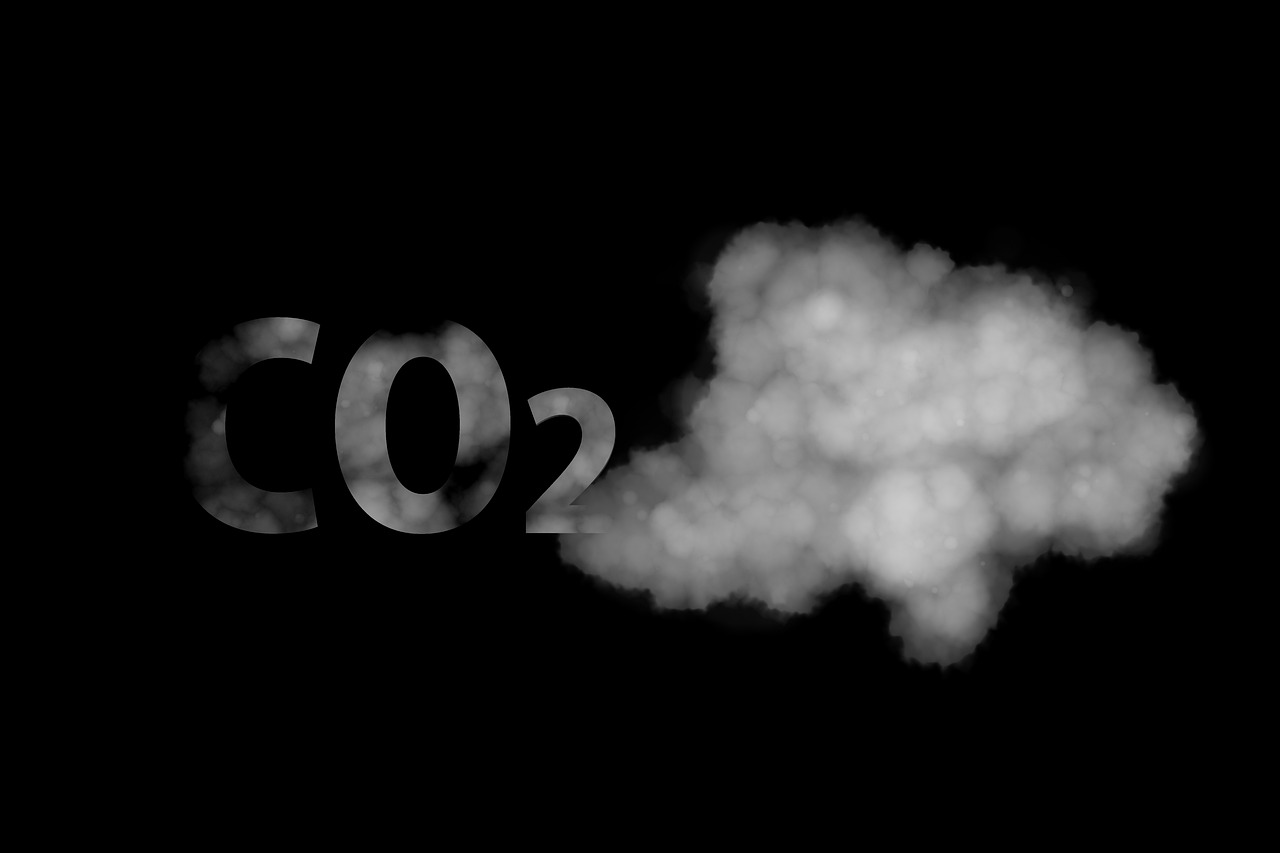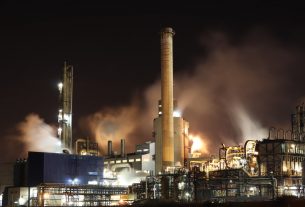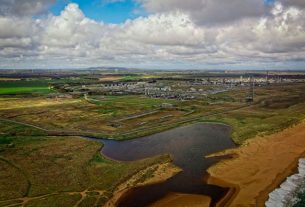France – Carbon capture, use, and storage (CCUS) performed well in 2022. More than 140 new projects announced 80% more storage and 30% more capture capacity.
Seven countries in central and southern Europe, the Middle East, and Southeast Asia announced CCUS initiatives, increasing the total to 45.
Since 2022, industry, electricity, fuel transformation, and direct air capture applications have made 15 final investment choices, up from eight in 2021. CCUS-specific policy incentives in the US, Canada, and UK, enhanced climate pledges, and growing carbon prices in compliance and voluntary carbon markets have boosted sector confidence.
The first-ever IEA CCUS projects database includes these and other details on global large-scale CCUS initiatives. The database is meant to help governments and companies grow CCUS alongside the 2022 handbooks.
North America, Europe, China, the Middle East, and Australia have the highest CO2 transit and storage infrastructure development along the CCUS value chain. Over 210 Mt of dedicated CO2 storage capacity was announced in 2022, up from 100 Mt in 2021 and 70 Mt in 2020. Planning included connecting infrastructure including collecting terminals, pipelines, and ships. By 2030, projected storage capacity exceeds planned capture capacity, but a continuous push is needed to construct enough storage sites and capacity to satisfy mid-century climate targets.
Since 2021, governments in the US, EU, and Australia have invested over USD 6 billion on CO2 transport and storage infrastructure to satisfy decarbonisation goals. Last month, Belgium-captured CO2 was shipped to Denmark for injection in a depleted North Sea oil field.
CO2 management is changing with this expansion. Most CCUS initiatives have been “full-chain” projects, transporting CO2 from one capture facility to one injection site with a single operator. Full-chain initiatives have substantial investment, cross-chain hazards, and developer liability. CCUS scaling can be eased by breaking up the value chain. Part-chain projects for capture, transport, and dedicated storage are emerging in CCUS hubs with shared infrastructure. 140 CCUS hubs are under construction, three times more than in 2021.
Narrowing storage gap
Oil and petrol corporations pioneered CCUS. They operate five of eight dedicated CO2 storage projects and most CO2 pipelines. Exxon Mobil, Occidental, Petrobras, and Chevron operate nearly half of operating capture capacity. Oil and petrol businesses are significantly involved in CCUS projects, which may help producing economies adapt. These and other concerns will be discussed this year in the IEA publication on the Oil and Gas Industry and COP28, which will assist frame the talks at COP28 by guiding oil and gas producers along a net zero pathway.
As the CCUS value chain gets deconstructed, more specialised actors are joining oil and gas corporations. Gas infrastructure developers are increasingly building and operating CO2 pipelines, often adapting existing gas assets. Shipping firms and LNG transporters are exporting CO2. Chemical firms have developed proprietary capture methods to minimise their own emissions and offer capture solutions to third parties. Modular capture skids for third-party emitters are also available from engineering companies.
New chain-specialist enterprises are also emerging. Carbon Clean, Svante, ION clean energy, and Entropy Inc. offer patented capture solutions to emitters as developers, owners, and operators or through technology licencing. Storegga, Summit Carbon Solutions, and Horisont Energi are constructing CO2 transport and storage infrastructure. An increasingly specialised business landscape can stimulate innovation and cost savings in areas of the chain and make decarbonisation options easier for emitters.
New players emerging
The CCUS hub architecture divides infrastructure expenses across emitters and creates economies of scale to reach smaller emitters farther from CO2 storage locations. The 5th list of energy Projects of Common Interest in Europe comprises CO2 networks and terminals connecting Poland and France to North and Baltic sea storage. Summit Carbon Solutions plans to develop a 3,200 km CO2 pipeline across five US states to connect more than 30 small-scale bioethanol plants with 0.3 Mt CO2 capture capacity.
CCUS hubs can also reassure emitting facilities that CO2 capture will be supported by CO2 management infrastructure. Since 2020, the UK’s capture project pipeline has increased. To accommodate demand from emitters interested in connecting, the Norwegian Northern Lights transport and storage project is proposing a third expansion phase.
Policies should utilise opportunities and address problems from emerging CCUS business models to stay up with a growing CO2 management sector and encourage growth needed to reach decarbonisation targets.




